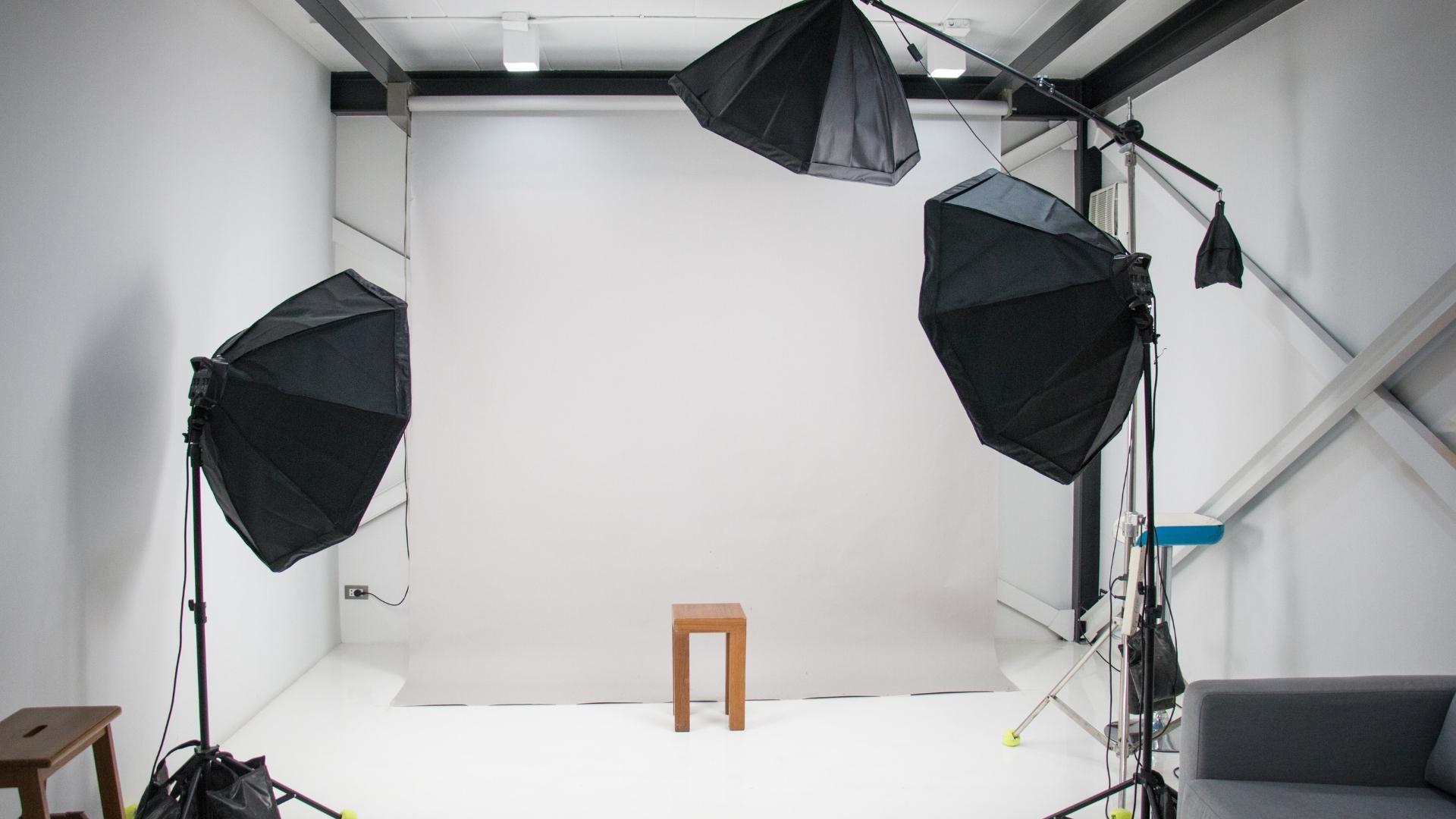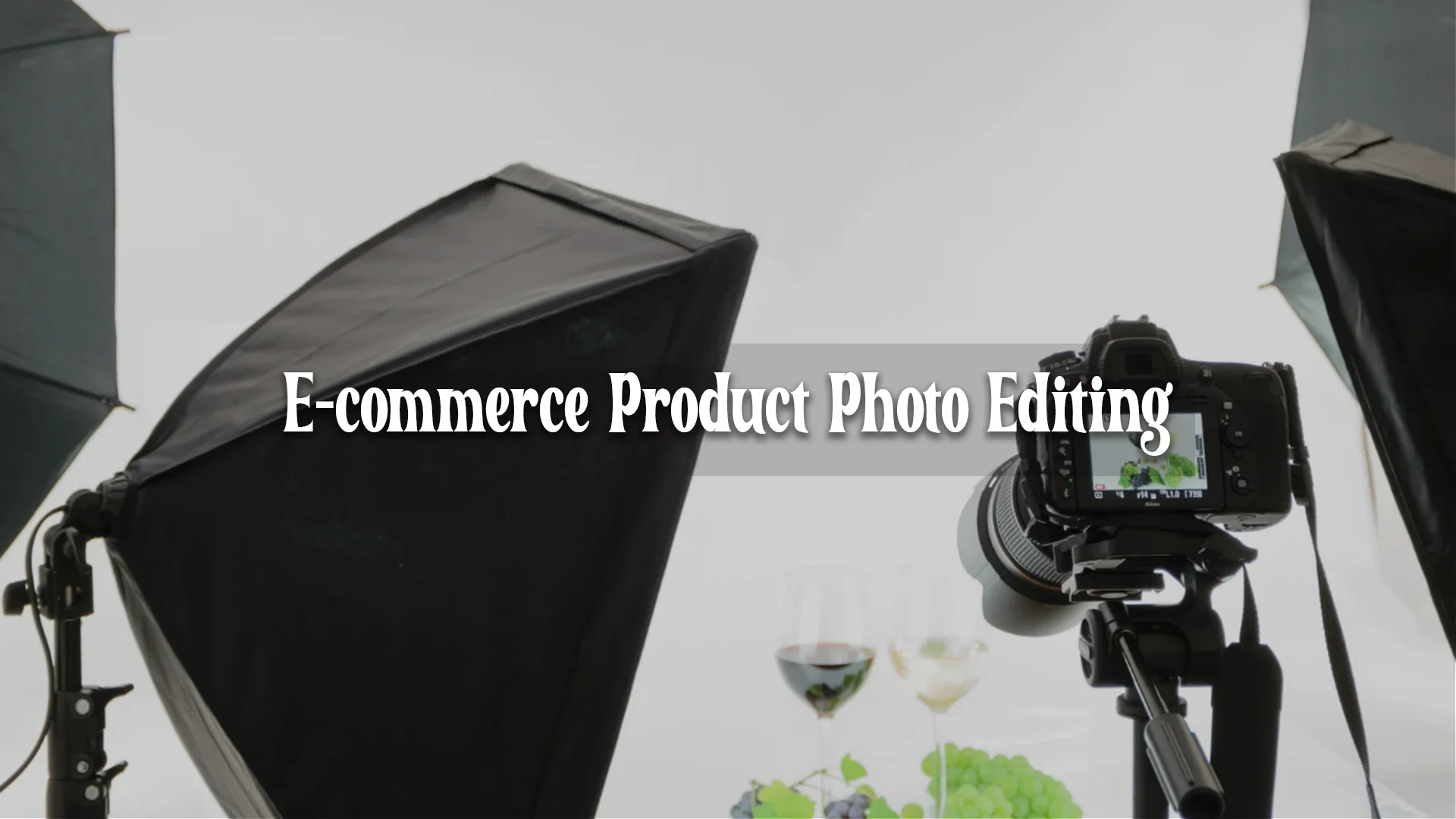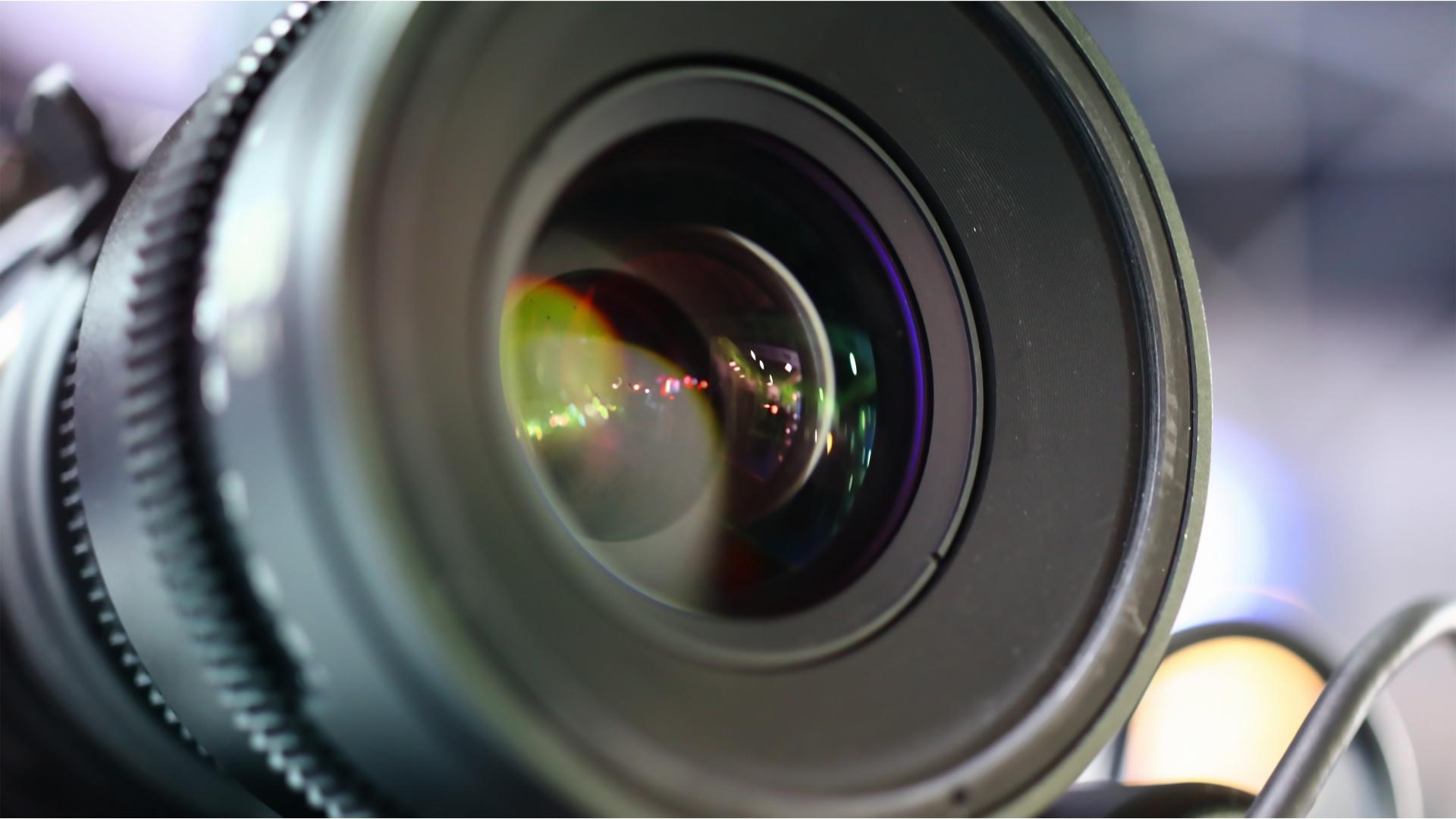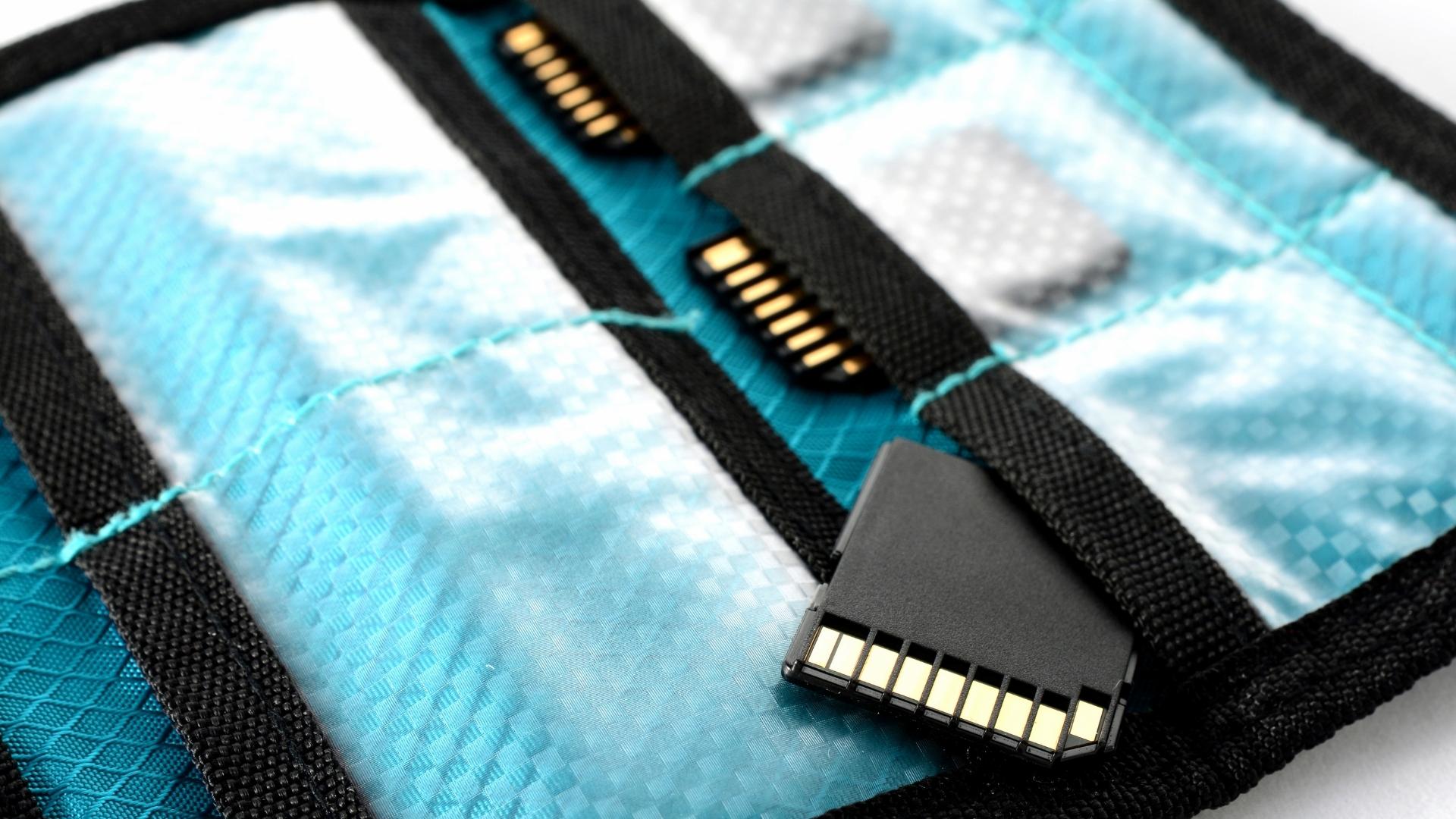Light tents or light cubes are ideal for product photography. These mobile photo studios are translucent material, mostly cotton or a high-quality plastic fabric, and are self-standing thanks to their flexible metal substructure. As a rule, these light tents are supplied in the color white. The objects placed inside can be photographed largely reflection-free and shadow-free with lateral lighting. A so-called “hollow throat” is used to enable a shadow-free background, which is usually fixed to the front tent floor and the rear tent sky via a Velcro fastener. This hollow is often supplied in the same white light tent color. However, it is not always appropriate to use a white background. There are many motifs where a colored background provides better contrast. Therefore, corresponding, replaceable backgrounds can be used as hollows for most light cubes.
Use backgrounds individually.
The backgrounds in light cubes do not have to be translucent themselves. Therefore, any fabric can be used. Sometimes the use of colored cardboard is enough. In product photography, it is particularly important that the subject is photographed razor-sharp and stands out effectively from the background. If the white cavity in the scope of delivery is used, for example, to photograph a white-painted product, it cannot be visible. A darker background should be used here. The different backgrounds do not necessarily have to be bought expensively by the light cube manufacturer. It is sufficient to fix a suitable fabric web with safety pins on the existing hollow. Likewise, not all cases require the fabric to form a smooth surface. Slightly curled backgrounds also make for an interesting look.
Design backgrounds in a different way.
There are other solutions to making the white background of a light tent darker than using additional fabric. The cavity included in the scope of delivery is usually translucent. Therefore, you could darken the back of the light cube with a piece of cardboard so that the side lighting illuminates the subject only from the sides. Here you can see that the background automatically appears darker in the photo. To bring some color into play, you can, for example, set up a red light lamp in the background. This shows the background in a soft red. You can create strong reflections in the light tent with aluminum foil for product photography, but all the more suitable for effect photography.
However, the use of mirror tiles placed on the floor under the object to be photographed is also interesting. This results not only in mirror images but also in unforeseen lighting effects. In all cases, little imagination is required. The most interesting backgrounds for a light tent can be conjured up with little effort. These aids don’t even have to cost much.





Edit Product Photos on iPhone – Easy Guide & Apps | Image Work India
[…] cluttered or distracting background can take attention away from the product itself. When setting up […]